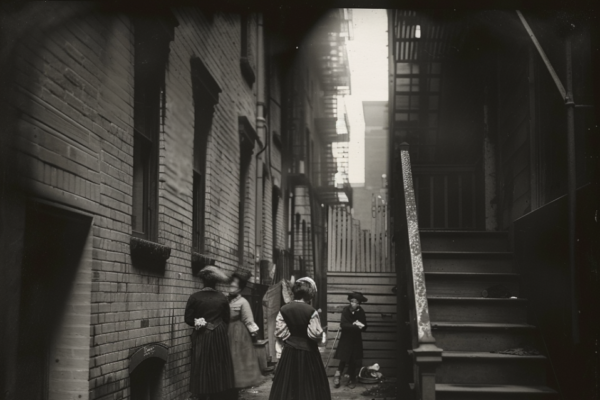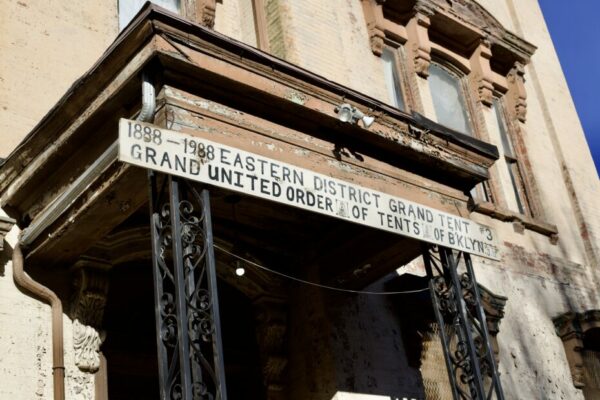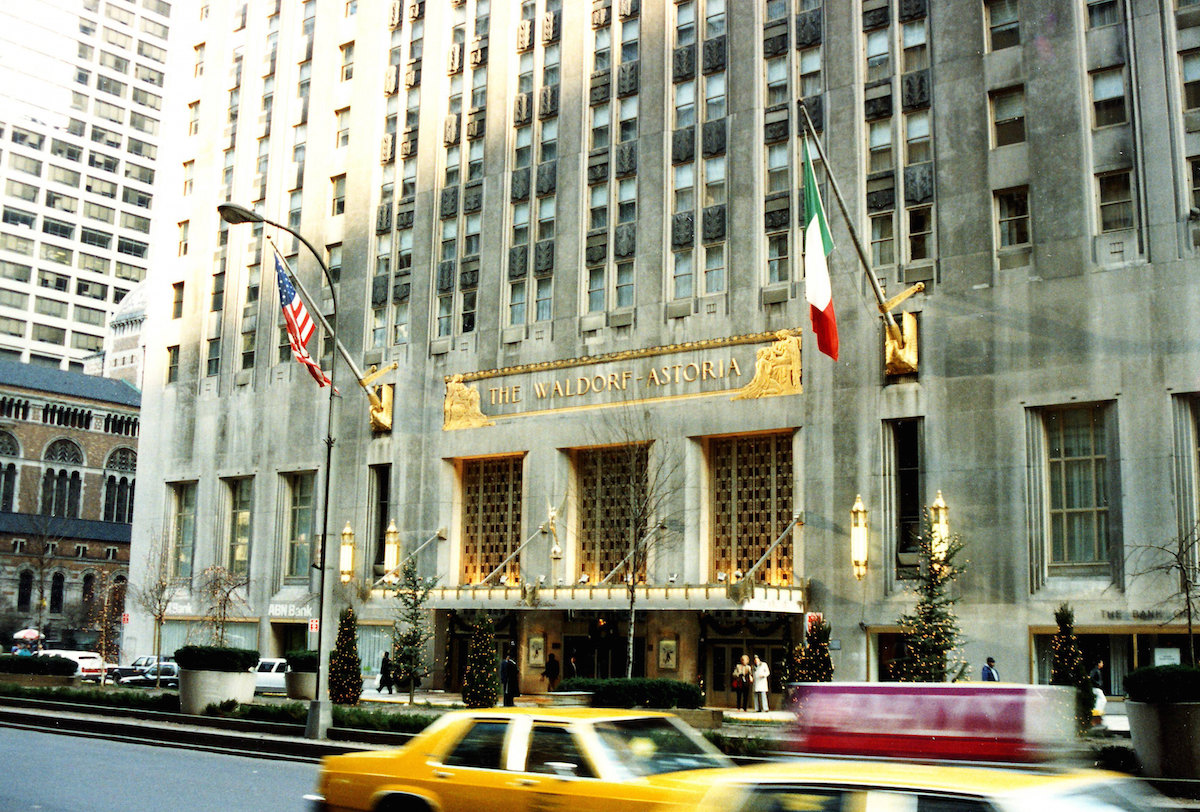
Last Wednesday saw one of New York’s oldest and perhaps its grandest of hotels, close its doors for the last time. The Waldorf Astoria had been an icon of old Manhattan glamour since it opened in 1931 as the largest, most spectacular hotel in the world. As opulent as it was luxurious, the Waldorf Astoria had played host to every President since Herbert Hoover, to British Royalty and Hollywood glamour. Once, one time owner Conrad Hilton had called it ‘the greatest of them all’, but Hilton Worldwide sold the hotel to a Chinese Insurance Company for just under $2 billion in 2014, with plans to turn the Art Deco masterpiece into apartments.
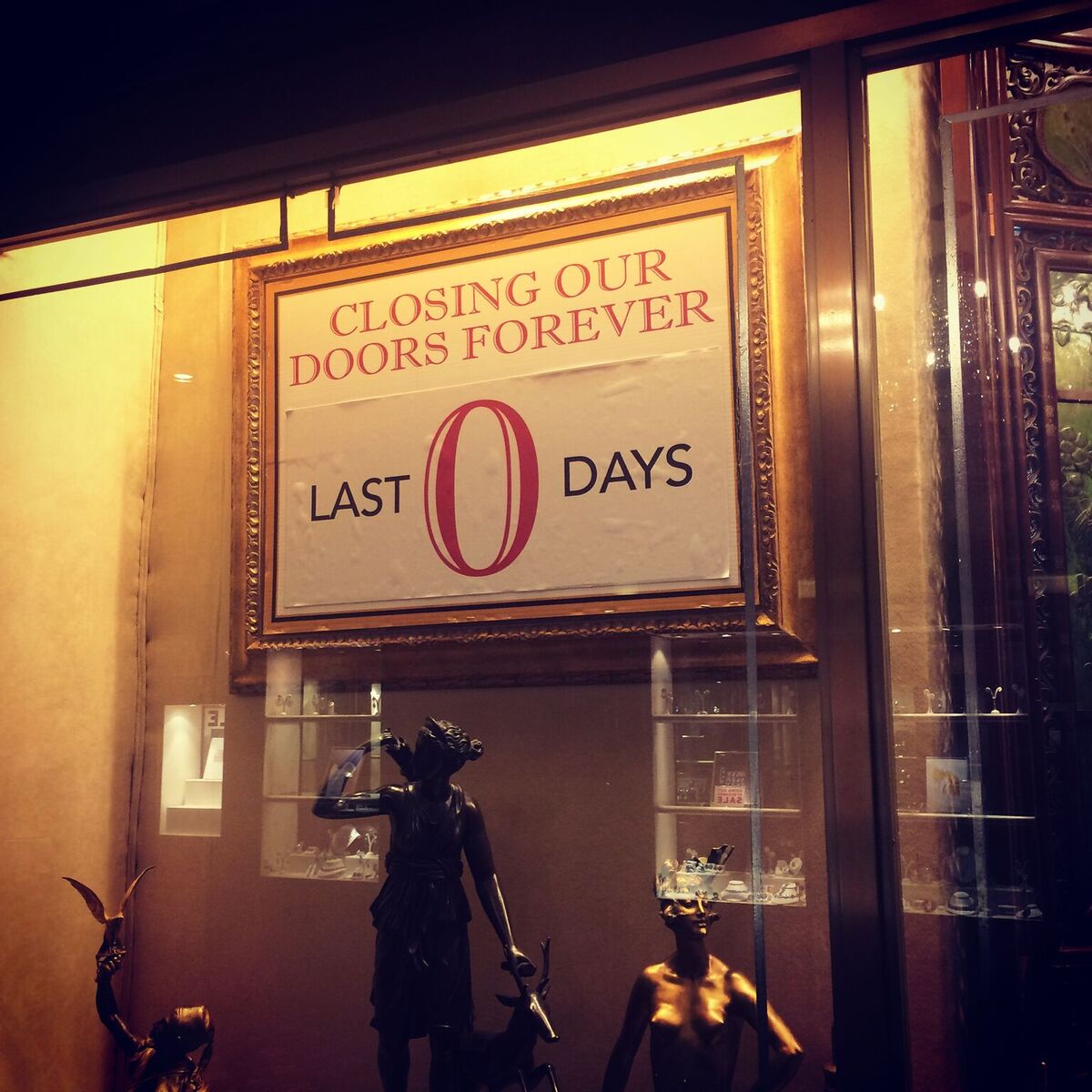
© Luke J Spencer
The original Waldorf Astoria had opened in 1893 on the site now occupied by the Empire State Building. Built by the merging of two luxury adjacent hotels owned by William Waldorf Astor, and his cousin, John Jacob Astor IV, the two hotels were joined by a luxurious passageway known as Peacock Alley. The Alley was not only was the most fashionable place to be seen in New York’s Gilded Age, but it would also become symbolized in the hyphen of the hotel’s name: Waldorf=Astoria.
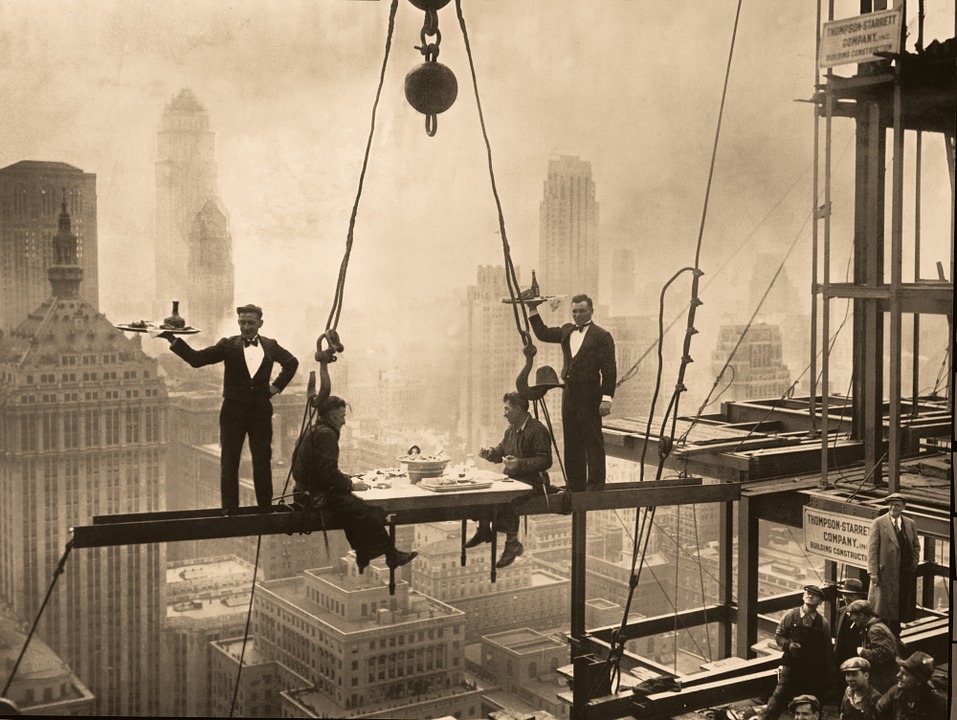
High standards from the beginning: Waldorf-Astoria on Park Avenue during construction, 1930
As high society gradually moved uptown, the prestigious hotel followed suit, opening on Park Avenue in 1931. A landmarked, Art Deco masterpiece, the hotel’s elegance was on show the moment you stepped into the Park Avenue lobby.
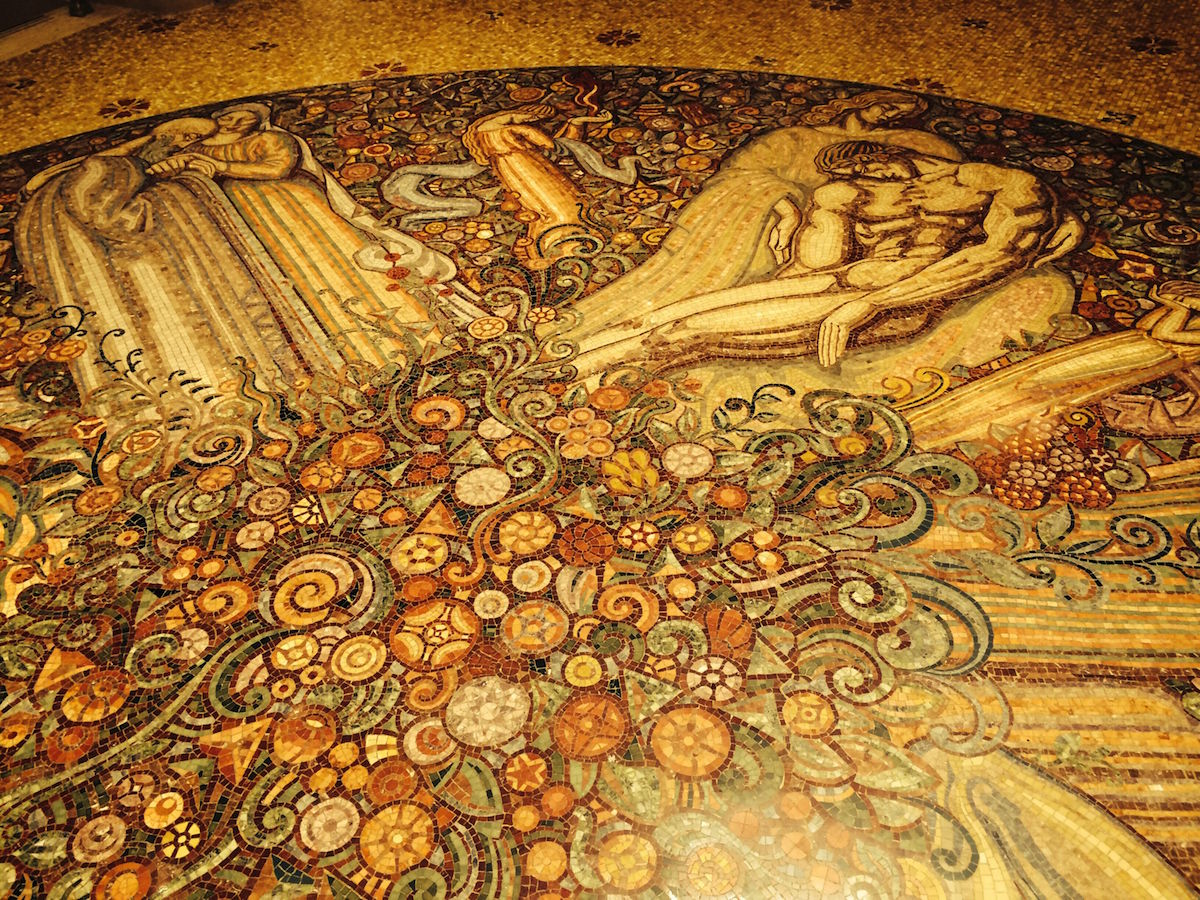
Art deco mosaics of the Waldorf-Astoria lobby © Luke J Spencer
Here you would have found an exquisite antique Steinway. The grand piano sports a brass plaque to commemorate its historical importance, reminding us that “some of the loveliest songs in American musical history were composed on this Steinway.”
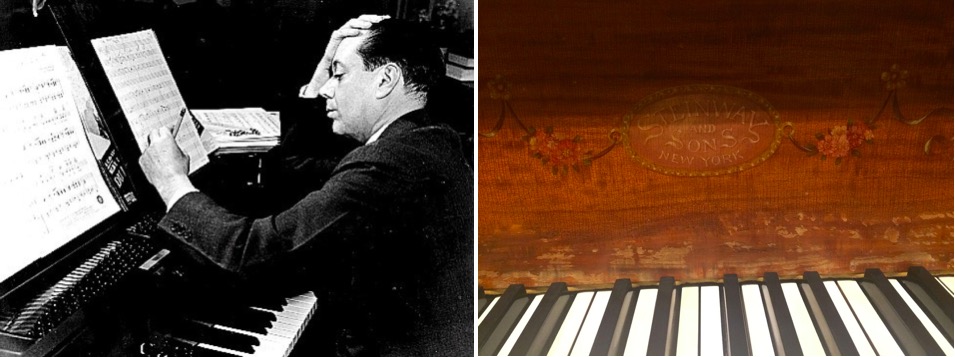
It had belonged to Cole Porter (picture above left), just one of the many iconic names to stay at the hotel. The legendary musician kept a suite here for the last thirty years of his life.
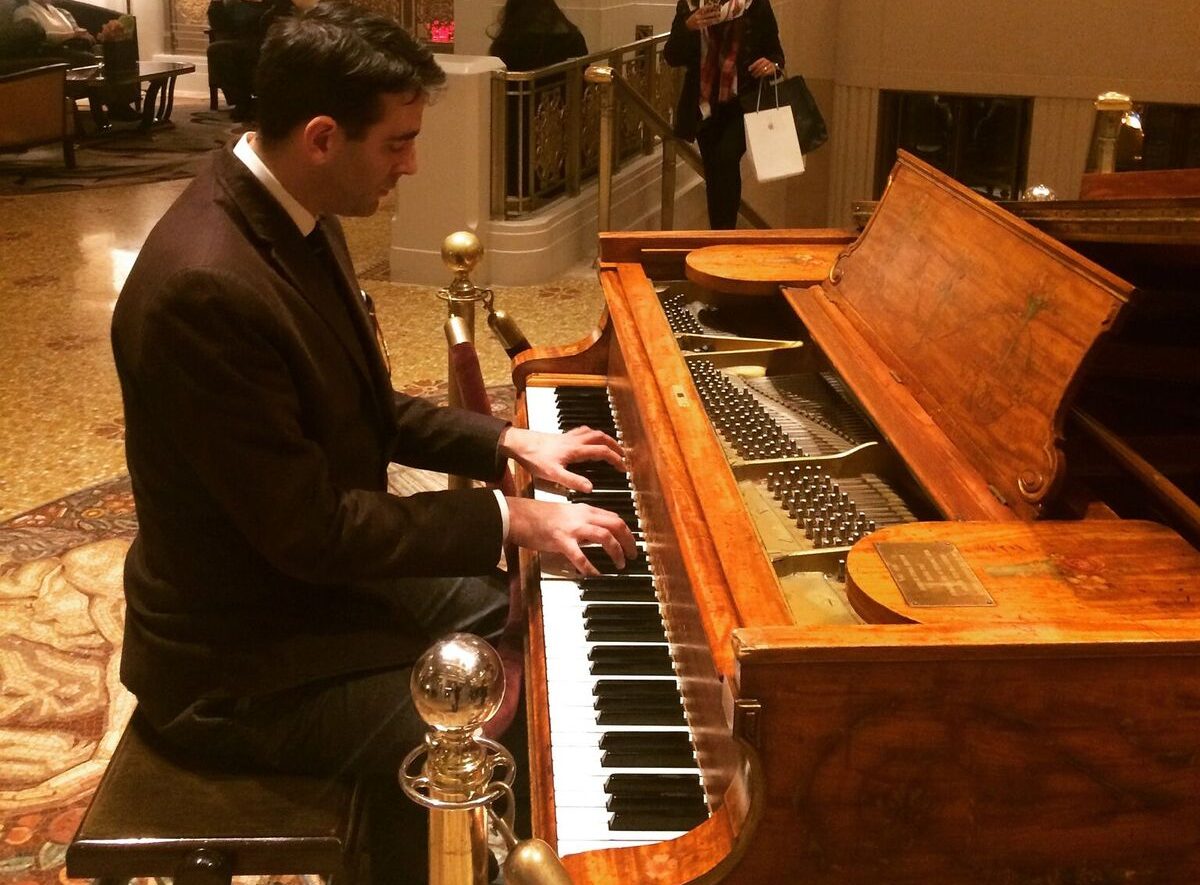
Our man in NYC, Luke Spencer, who vowed to play Cole Porter’s Steinway before the night’s end
It was on this piano that Porter composed such songs as ‘I Get Kick Out of You’, ‘I’ve Got You Under My Skin’, and ‘Anything Goes’.
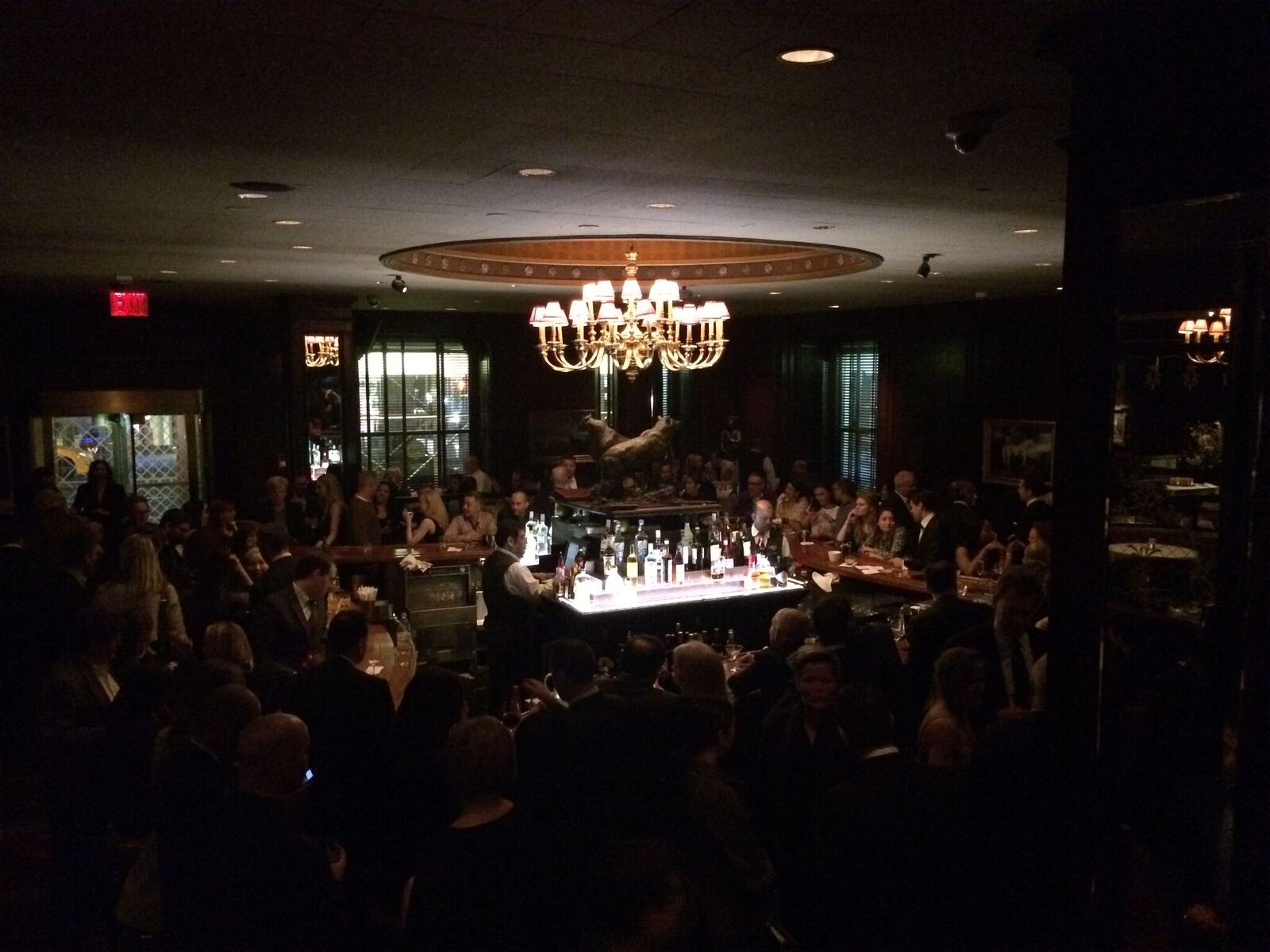 © Luke J Spencer
© Luke J Spencer
On its last night as a fully functioning hotel, the lobby was as bustling as ever. The New York Presbyterian Hospital had booked the grand ballroom for a gala event, and the hotel was filled as it had been in the 1930s, with Manhattan’s high society, dressed in top hats, while silk scarfs, cocktail gowns and jewels.
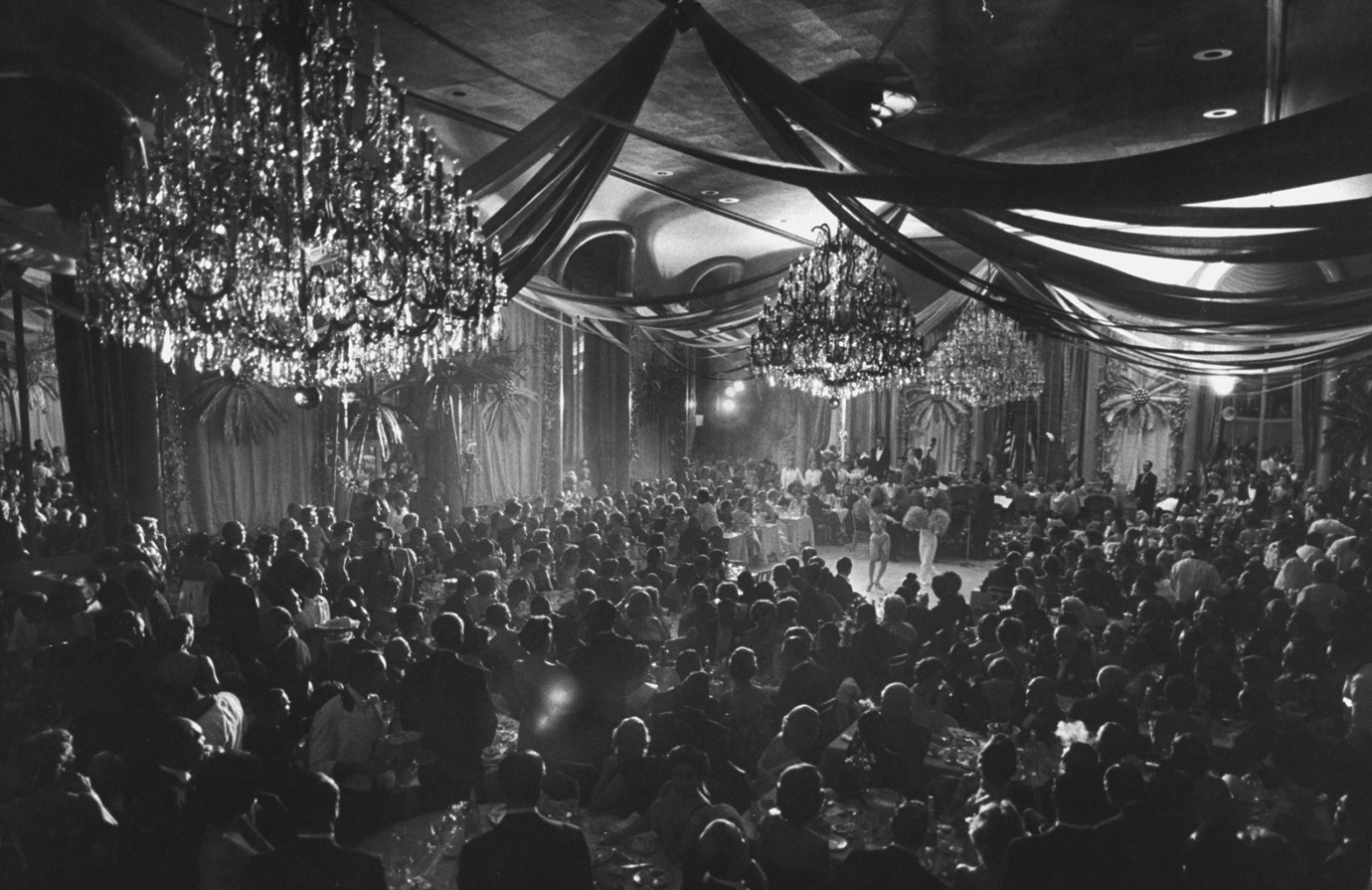
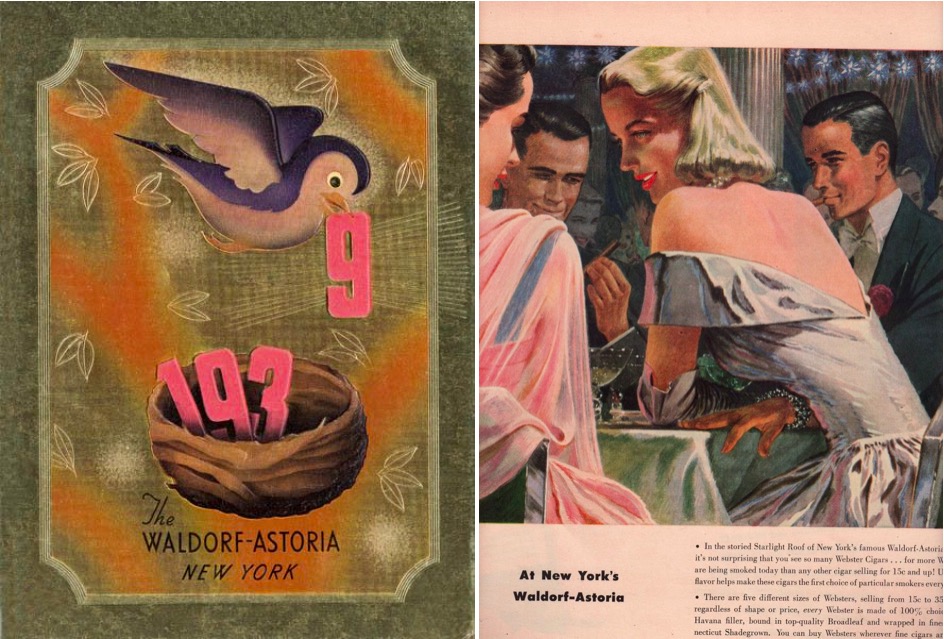
Vintage Waldorf-Astoria brochures
One travel writer wrote that, “to linger in the sumptuous salons of the Waldorf-Astoria is to step back in time….to the glamour days of the 1930s, when this Art Deco masterpiece was the tallest hotel in the world and the epicenter of elite society.”
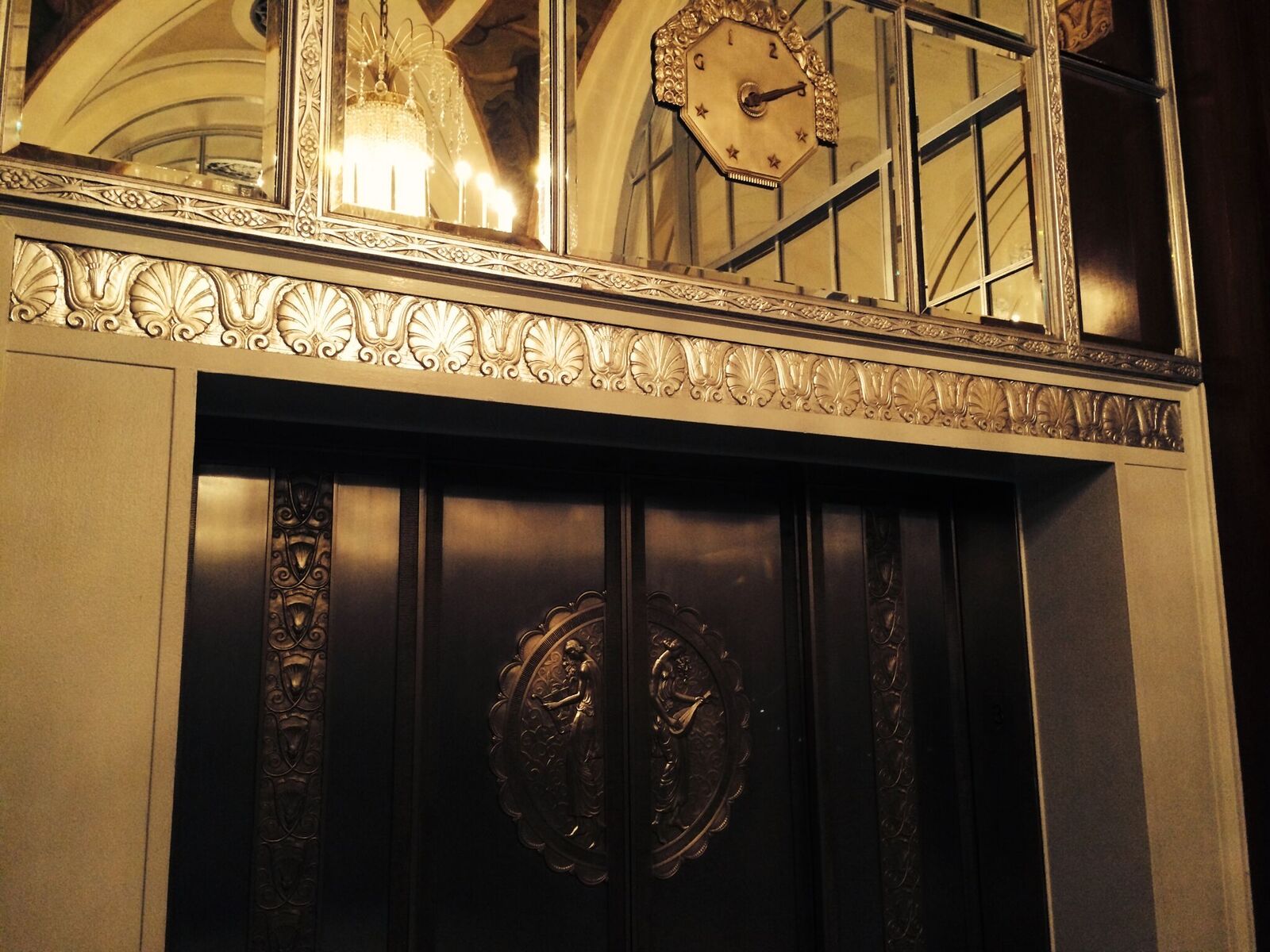
© Luke J Spencer
Decorated with Art Deco detailing in polished nickel-bronze, sumptuously carpeted and built with dark panelled oak, and dominated by the vast bronze clock built in 1893 by Goldsmith’s of London, on its last night, the hotel was filled with the great and good of the city, and by those interested to see the old world elegance one last time…
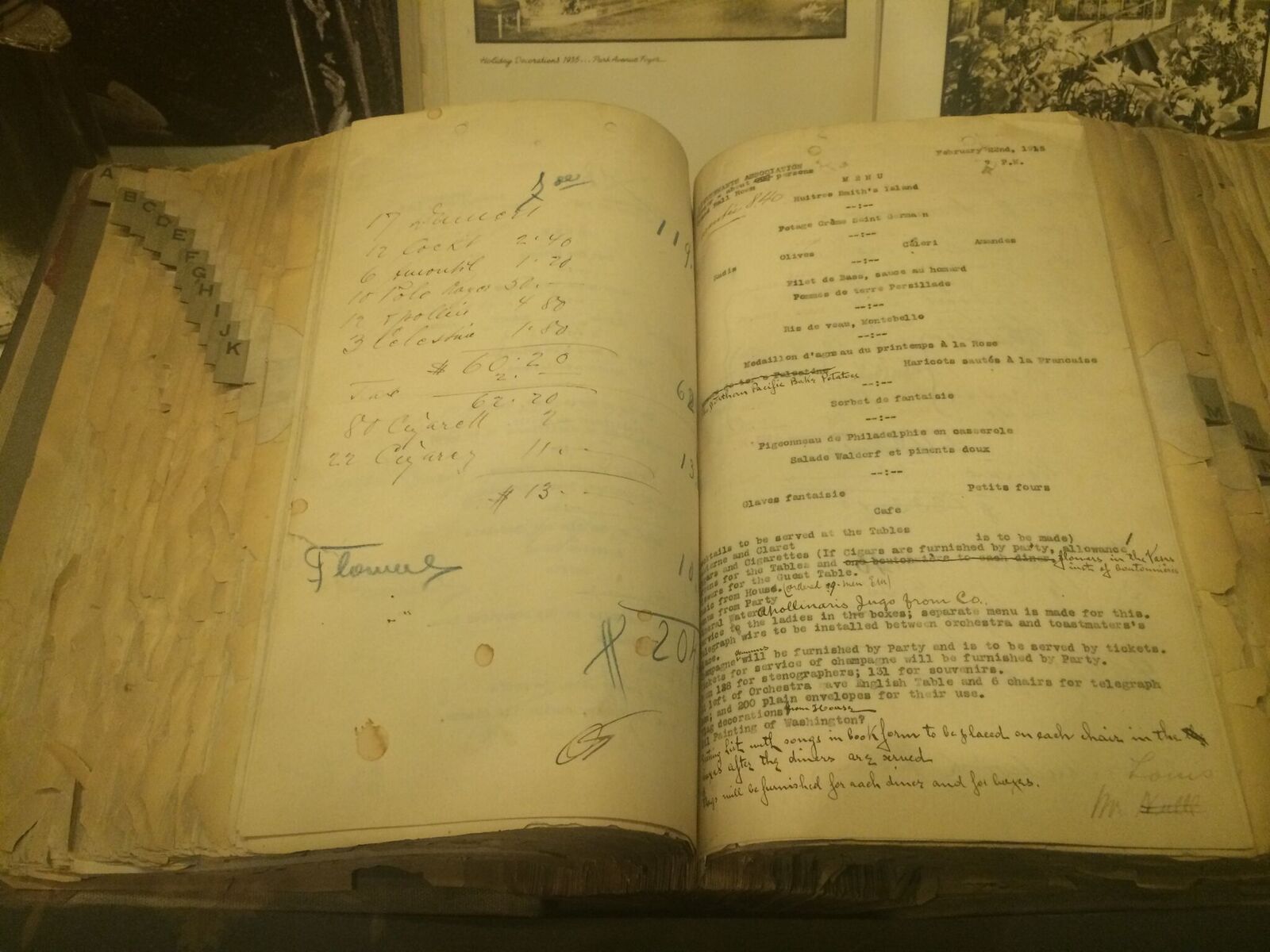
© Luke J Spencer
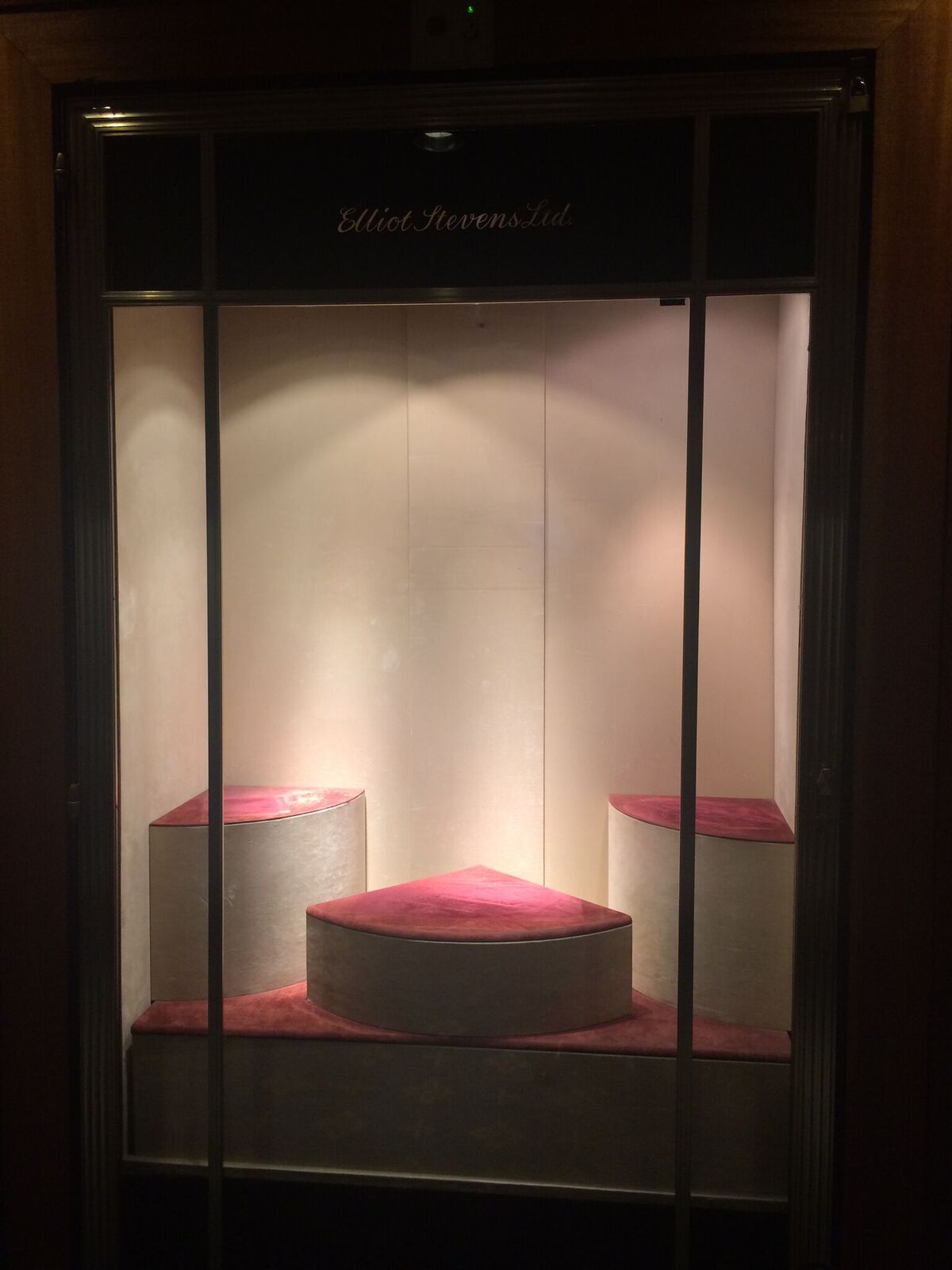
© Luke J Spencer
Walking that last evening, through elegant corridors where the shops that had sold jewellery and high end antiques were packing to leave, past the now empty window displays saying ‘Closing Our Doors Forever – Last 0 Days’, through to bars such as Sir Harry’s, had the air of the last night aboard the Titanic.
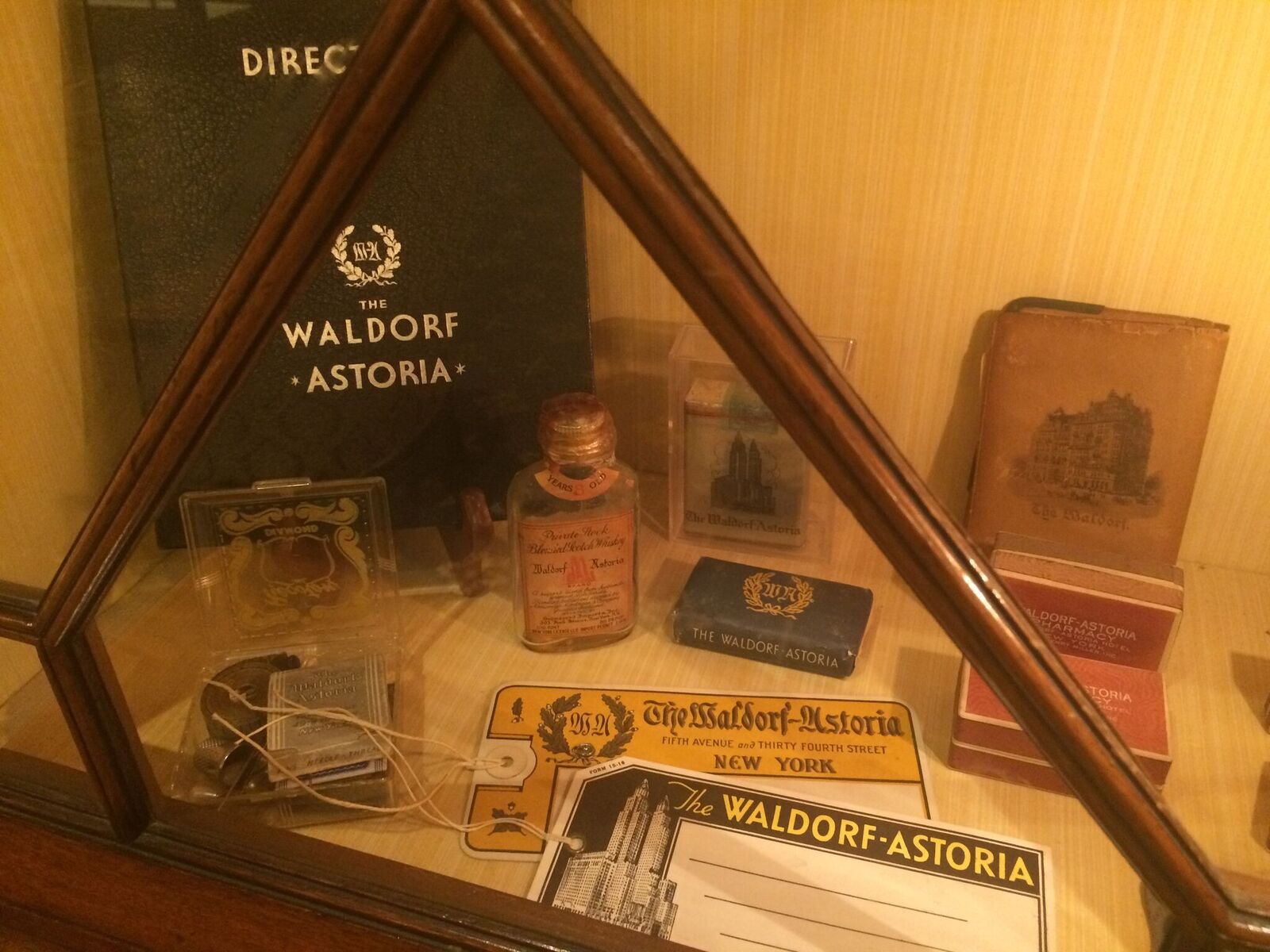 © Luke J Spencer
© Luke J Spencer
In Sir Harry’s famous bar, where the Rob Roy was invented, the glittering Art Deco bar, once one of the most well stocked bars in the city, was now half full of bottles, as revellers enjoyed one more cocktail. Sonny, who’d kept bar here expertly for decades, is just one of many long-term employees faced with uncertain futures. The renovation work is estimated to take two to three years, but whether there will still be room for historic bars such as Sir Harry’s in the hotel’s new guise as an apartment building is unknown.
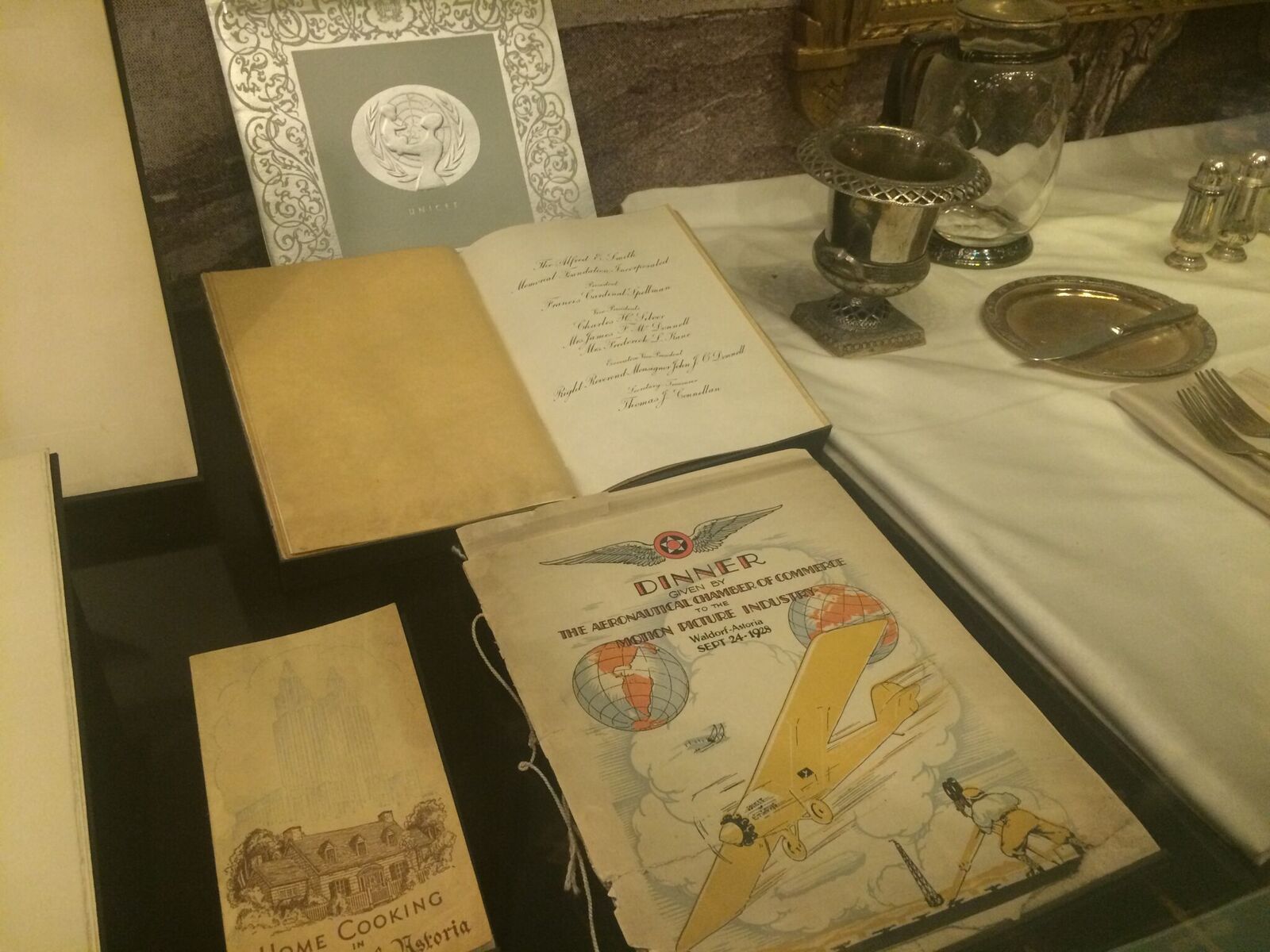
© Luke J Spencer
Whilst the exterior of the Waldorf Astoria is landmarked, much of the interior isn’t. For many guests visiting once last time, the future of the exquisite fixtures and detailing is a cause for worry. The hotel had kept a vast archive of photographs, vintage cocktail and dining menus, silver wear and bell hop’s uniforms, many of which were on display in the sumptuous lobby, to say nothing of Cole Porter’s Steinway, gracing the Park Avenue lobby.
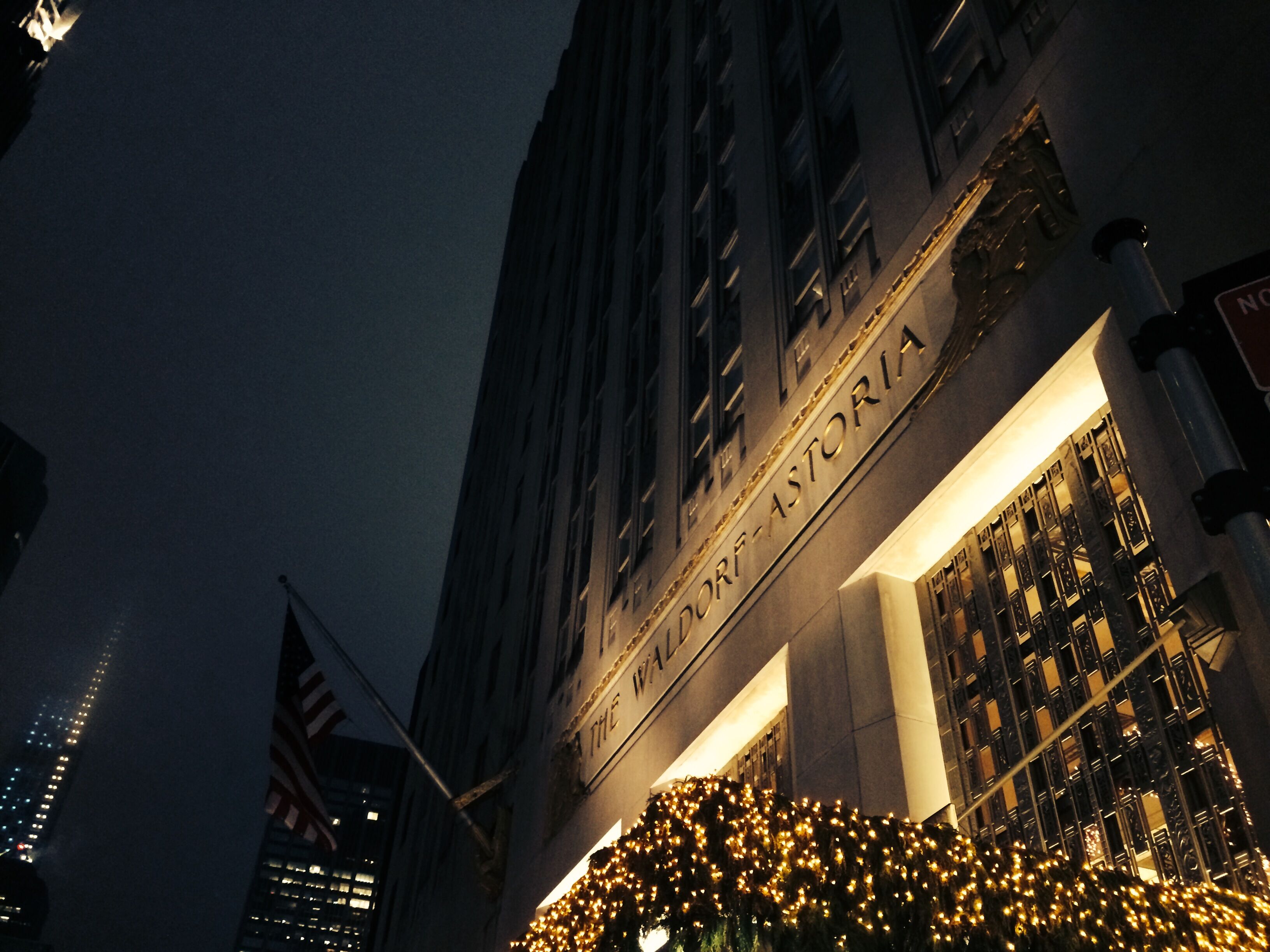
© Luke J Spencer
What will happen to this important collection that tells the story of one of New York’s most historic landmarks is also unknown. But as the last guests checked out at 2pm the next day, and the elegant hotel closed its doors for the last time, one thing is certain; that New York lost one of its brightest lights this week, and our fair city will be a little less elegant without her.







